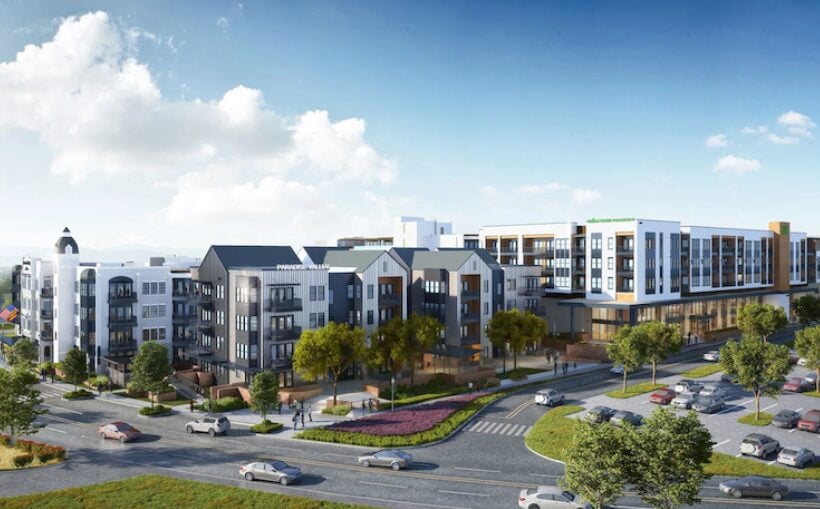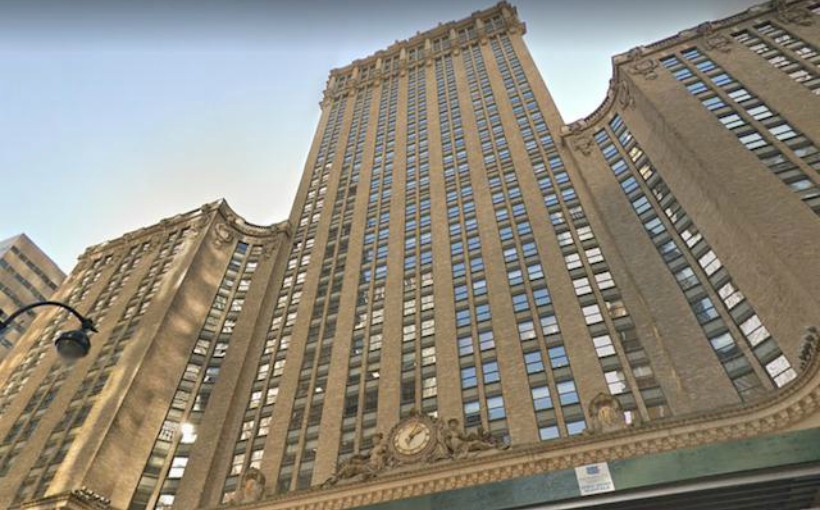Title: “Exploring the Top-Performing Retail Sectors in Commercial Real Estate”
Retail real estate is a diverse sector, encompassing everything from small neighborhood shops to massive super-regional malls. With such a broad category, it’s important to understand which specific subsectors are thriving in today’s market. In this five-part series on commercial real estate retail, we have already covered the history and current state of the industry. Now, we turn our focus to identifying and analyzing top-performing retail spaces.
Defining Retail Space in CRE
Before delving into which sectors are performing well, it’s crucial to define what exactly constitutes as “retail space.” Simply put, it is any physical location where goods or services are sold directly to consumers. This can include traditional storefronts like shopping centers and strip malls as well as more specialized properties such as airport retail.
Accordingly with International Council of Shopping Centers (ICSC), there are three main categories within retail:
1) General Purpose Centers – including super-regional malls,
regional malls community centers,
neighborhood centers,
and strip centers/convenience stores.
2) Special Purpose Centers – consisting of power centers,
lifestyle centeres factory outlets themed/festival centeers.
3) Limited-Purpose Property – primarily airport retails.
Top Performing Sectors Vary by Location
When discussing top-performing sectors within commercial real estate retail space usage varies greatly depending on location and target audience demographics. Luxury retailers continue thrive while value brands also see success at opposite ends of spectrum according experts interviewed for this article series.
Chris Wilson , Executive Vice President & National Agency Retail Lead at JLL notes that luxury retailers remain strong with near-zero square feet available in prime locations like The Triangle/Beverly Hills or New York City’s best streets . On the other hand value brands like Target Dollar Tree Burlington Ross TJ Maxx “are extremely healthy” according Wilson who adds that they are actively seeking new locations.
Matthew Hammond , Principal at Coreland Properties, prefers smaller developments like drive-through restaurants, car washes and gas stations. He also notes that well-operated grocery-anchored centers remain a strong investment with their diverse mix of tenants including quick-service restaurants and beauty/spa services stores.
Darrell Palasciano , Broker at The Providence Group agrees with Wilson’s assessment adding “fast décor” stores like Homesense and Hobby Lobby to the list of top-performing retail spaces. However, his colleague Melissa McDonald cautions about potential saturation in certain markets such as fast-casual restaurants or specialty fitness concepts for younger consumers who tend to be more fickle in their loyalty to specific brands.
Rhiana Lindsey from Primestor sums up successful retail performance by emphasizing the importance of meeting consumer needs through consistent positive experiences. She notes that retailers who prioritize customer satisfaction see steady sales growth within her company’s portfolio.
Location is Key
When it comes to location, experts agree on the impact it has on retail performance both broadly (within MSAs or states) and specifically (within submarkets). Suburban areas continue to thrive while urban storefronts are making a comeback post-pandemic – though this varies depending on geographic locale according James Chung Founder & Principal at The Econic Company . For example Silicon Valley downtown San Francisco still operate under hybrid environments but slowly returning normalcy whereas Dallas Orange County never fully shut down during pandemic so have not experienced much change since then he explains noting how Fifth Avenue Manhattan looks no different today than 2014 pre-pandemic days despite being 2021 now .
Are Malls Really Dead?
Douglas J Green principal MSC says multiple headwinds including homelessness crime labor construction costs impact urban shopping districts however due fabulous density young educated impressionable consumer base highly sought-after demographic many retailers these areas doing well partly driven lack new space coming online . Meanwhile malls which were once thought to be dying are actually adapting and thriving in some cases. Green explains that the disparity between “good” and “bad” malls continues to widen with top-performing properties being those classified as “A” malls while others struggle due lack of new retail space demand for which remains high.
Chung agrees noting how 30-50 year old enclosed mall structures could use rethinking reimagination at this point suggesting it might be time metamorphosis . McDonald also points out that lack of available retail space is leading developers to consider adaptive reuse or partial demolition/rebuilding projects for struggling malls – a trend she expects will continue given current shortage new development opportunities.
In conclusion, while there is no one-size-fits-all answer when it comes to identifying the best-performing sectors within commercial real estate retail, luxury and value brands seem to consistently thrive across various locations. Additionally, location plays a crucial role in determining success within specific submarkets such as suburban versus urban areas. And finally, despite previous concerns about their demise, many shopping centers are finding ways adapt remain relevant profitable today’s market conditions through creative redevelopment strategies.




